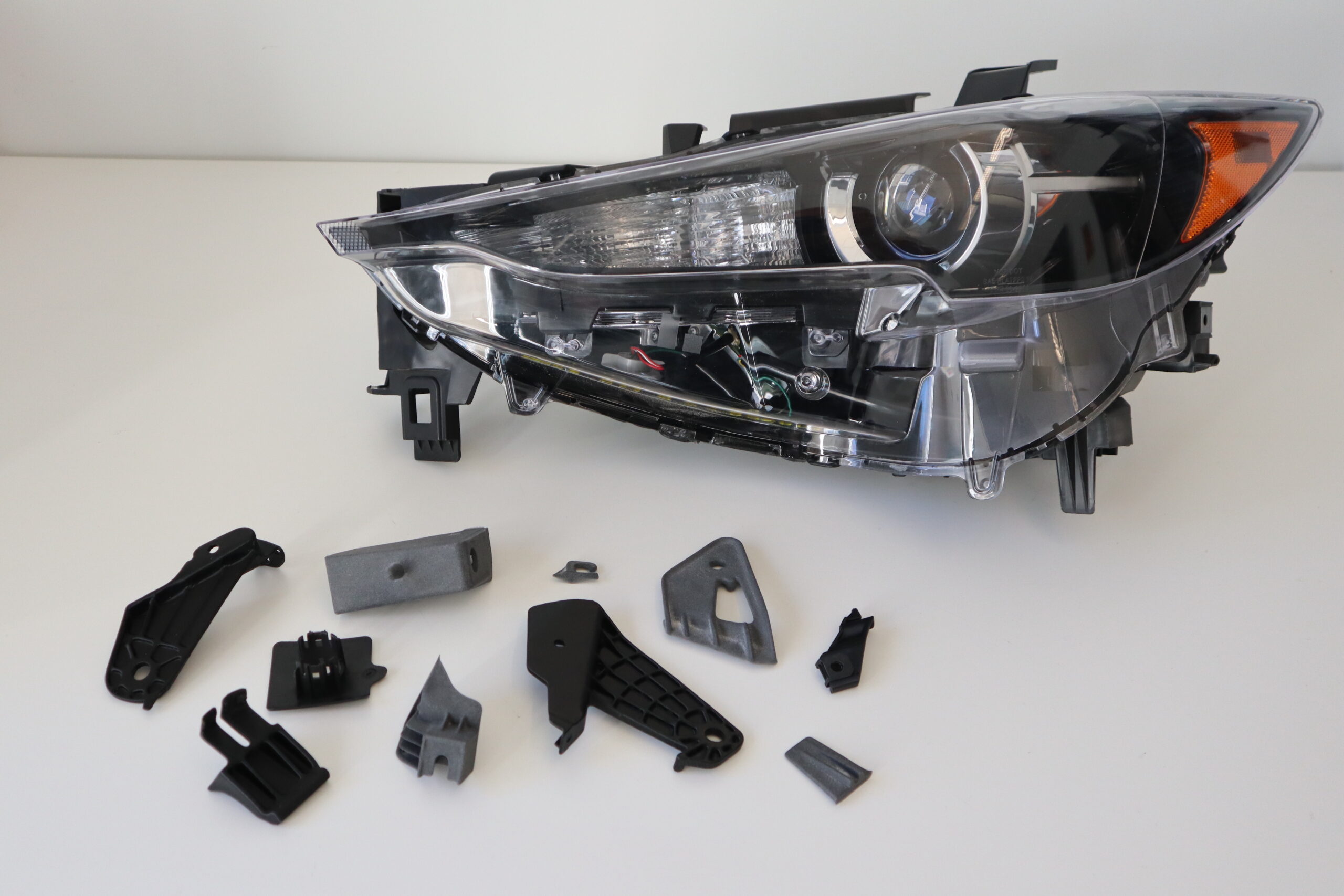The collision repair industry is at the cusp of a revolution, driven by the advent of 3D printing technology. This technology can assist in increasing the volume, reducing the cost, and shortening the cycle time of repairs.
This innovative approach to manufacturing auto repair parts is transforming the landscape of automotive repairs and customization. As companies specialize in producing high-quality, OEM-compatible repair parts using sophisticated digital supply chains, the future of automotive repairs looks promising.

However, this bright future brings with it the need for a crucial development: the establishment of industry-wide standards for 3D-printed parts and materials used in the collision repair process.
The necessity for standardization primarily stems from the need to ensure the quality and compatibility of 3D printed parts. In the absence of such standards, there is a significant risk of variability in part quality, which can lead to safety concerns and compatibility issues with existing automotive systems. Standardizing the production process and material quality would ensure that all 3D printed parts meet the stringent requirements of the automotive industry, similar to those expected from traditional manufacturing methods.
Another critical aspect is consumer safety and confidence. The automotive industry is inherently linked to the safety of its end-users. Vehicles repaired with subpar or untested parts pose a significant risk. Standardized regulations would ensure that all 3D printed parts undergo rigorous testing and quality control, similar to their traditionally manufactured counterparts. This would not only safeguard the users but also bolster consumer confidence in using 3D printed parts for repairs, including specific components like headlight tabs.

Having standards also reduces the risk of unethical operators using low-grade printers and materials to print automotive collision parts sold as standalone or used in the repair of a damaged part such as a headlight. This creates unknown risks to the collision shop, who may unknowingly purchase these poor-quality 3D printed components. These substandard parts are set to fail, causing added costs to the entire supply chain of the claim, from the insurers, the OEM to the collision shop, and frustrating the customer.
Far from stifling innovation, standards can provide a structured framework within which creative and technological advancements can thrive. This structured approach to innovation ensures that new developments in 3D printing are both groundbreaking and safe, fostering growth while maintaining high industry standards.
Environmental sustainability is another area where standardization can have a profound impact. 3D printing offers a more eco-friendly approach to part manufacturing, potentially leading to more repairs rather than replacements with new parts. With reduced waste production and lower carbon emissions, standardizing the materials and methods used can ensure that these environmental benefits are consistently achieved across all 3D printed products.
As the collision repair industry continues to embrace 3D printing technology, the establishment of comprehensive standards for parts and materials is not just beneficial but essential. These standards will guarantee quality, ensure safety, facilitate regulatory compliance, encourage innovation, streamline the supply chain, and maximize environmental benefits. As the industry evolves, the implementation of such standards will be key to safeguarding the interests of all stakeholders, from manufacturers to end consumers, paving the way for a safer, more efficient, and sustainable future in automotive repairs.
Mario Dimovski, Director of Innovation and Transformation at Boyd Group and 3D in Auto Repair, will be participating at the upcoming Additive Manufacturing Strategies business summit in New York, February 6 to 8, 2024. Dimovski will be speaking on “Panel 1: AM for Mobility.”
Subscribe to Our Email Newsletter
Stay up-to-date on all the latest news from the 3D printing industry and receive information and offers from third party vendors.
Print Services
Upload your 3D Models and get them printed quickly and efficiently.
You May Also Like
Havaianas Collaborates with Zellerfeld to Launch 3D Printed Flip-Flops
The shoe of the summer is undoubtedly the flip-flop. Easy on, easy off, your feet won’t get sweaty because there’s not much material, and they’re available in a veritable rainbow...
UCLA Researchers Develop 3D Printed Pen that May Help Detect Parkinson’s Disease
Diagnosing Parkinson’s disease is difficult. Often, early symptoms of the progressive neurological condition may be overlooked, or mistaken for signs of aging. Early diagnosis can help save lives and improve...
Printing Money Episode 30: Q1 2025 Public 3D Printing Earnings Review with Troy Jensen, Cantor Fitzgerald
Printing Money is back with Episode 30, and it’s that quarterly time, so we are happy and thankful to welcome back Troy Jensen (Managing Director, Cantor Fitzgerald) to review the...
Heating Up: 3D Systems’ Scott Green Discusses 3D Printing’s Potential in the Data Center Industry
The relentless rise of NVIDIA, the steadily increasing pledges of major private and public investments in national infrastructure projects around the world, and the general cultural obsession with AI have...
































